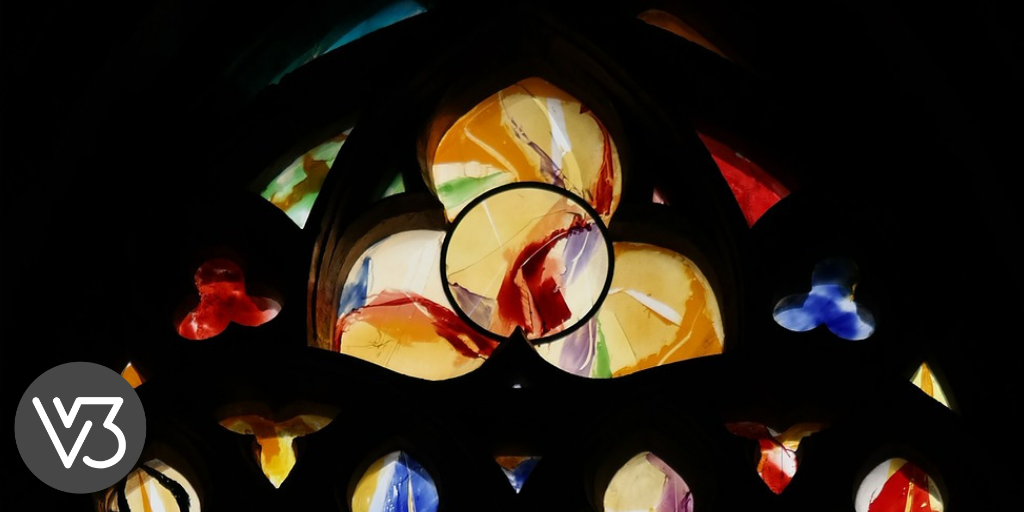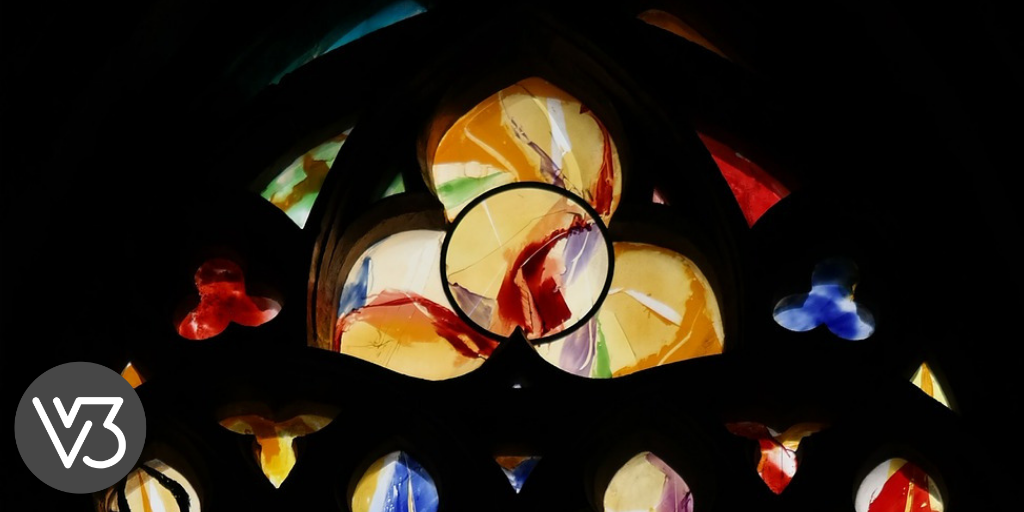The concept of the “Trinity” is often so complex that sometimes we don’t really know how to engage with God as “three in one”. But, if we as church planters want to engage with the culture around us through a missional community, understanding the Trinity can help us answer key questions in regards to what community is meant to look and feel like.
In those days Jesus came from Nazareth of Galilee and was baptized by John in the Jordan. And when he came up out of the water, immediately he saw the heavens being torn open and the Spirit descending on him like a dove. And a voice came from heaven, “You are my beloved Son; with you I am well pleased.”
(Mark 1:9-11)
Remember that the Bible is really about how God wants to reveal Himself to us — how God is telling His story to us. The narrative of Jesus’ baptism can sometimes take us for a loop because of how strange and fictitious it sounds.
But if we were to really engage with who God is, that is, the Trinitarian community of God – Father, Son, and Holy Spirit — and how God wants to reveal Himself to us, then we would come to realize how living in this manner of such close proximity and deep love is not as fictitious and strange as it sounds.
Jesus’ starting point — the manner by which He launches His whole purpose in His life on earth, how He begins His mission to restore all things to Himself — His starting point is the reality of the Trinitarian community.
Who is God?
He is the Trinitarian Community. There’s a nuance in the theology of the Trinity. The importance isn’t just in defining the distinct but unified “three persons” of God in the Father, Son, and Holy Spirit, but in understanding how the three interact with one another.
The baptism of Jesus is a picture of God showing us a glimpse of what that interaction is like. The Son’s starting point is that He hears, He always hears, the Father’s voice. The Father doesn’t begin by telling Jesus what He should do, but He tells Him who He is — and the Father doesn’t tell Him that He’s this thing or that, but He tells Him:
a.) who He is in relationship with the Father
b.) how the Father feels about Him
Jesus’ starting point is that the Father tells Him that you’re my Son and I feel immense pleasure because of you. And when we look at Jesus’ interaction with the Holy Spirit, it isn’t that a physical dove came floating down from the sky — it’s that Jesus physically feels the Spirit’s presence on Him at all times. The Spirit’s interaction with Jesus also does two things:
a.) He is never alone
b.) The Presence of God is something that He feels on him (like a dove) at all times
Jesus’ starting point is that the Holy Spirit is with Him and He actually feels and is aware of His Presence on Him.
Who are we?
We are invited into God’s Trinitarian Community. Jesus says,
My prayer is not for them [the twelve disciples] alone. I pray also for those who will believe in me through their message, that all of them may be one, Father, just as you are in me and I am in you. May they also be in us so that the world may believe that you have sent me. I have given them the glory that you gave me, that they may be one as we are one— I in them and you in me—so that they may be brought to complete unity. Then the world will know that you sent me and have loved them even as you have loved me
(John 17:20-23)
When we look at the language Jesus uses, you can hear the language of the Trinitarian community over and over again – it’s this circular and intertwined dance of love and being sent and dwelling in one another.
He explicitly says over and over again that we are invited into this kind of community. The beauty of the Trinitarian community is that it’s not something God wants to withhold from us – it’s the very way that He wants to interact with us.
It’s the way that He wants us to interact with one another. He tells us that, in interacting with one another in the way that the Trinitarian community interacts, is the very way that shows the world who Jesus is.
How we love one another reflects Jesus to the world around us. So, as people who are invited into God’s Trinitarian community, we experience God in the same way that Jesus interacted with the Father and the Holy Spirit:
• We hear the Father’s voice telling us who we are — that we’re His people, His child, His beloved, His tribe, His [fill in the blank with the most intimate relational word you can think of – that’s you to God]
• We hear the Father’s voice telling us that before we’ve done anything, He feels immense pleasure because of us — He’s so uniquely fond of us — He enjoys us — He loves us for who we are, not what we do
• We know that we are never alone because the Holy Spirit is with us
• We experience and feel the power of the Holy Spirit in our daily lives
• We interact with one another in community in the same way that God interacts in community:
• We remind one another of who we in are relationship with God and how He feels about each of us — that is the starting point for all of us
• We remind one another that the Holy Spirit is present with us right now and we have access to His power at all times
How can we start?
How can we interact with the Trinitarian Community? In our community, we use a simple prayer to engage with God on behalf of one another by asking God three specific questions:
“Father, what do you think about this person?”
“Jesus, how do you feel about this person?”
“Holy Spirit, is there anything you want this person to do?”
Leonardo Boff writes, “Community is the deepest and most foundational reality that exists.” Can you imagine a community of people who interacts with one another the way that God interacts in community because of our relationship with Him?
Out of a deep sense of love and identity and the daily experience of His Presence with us, we live in the way of Jesus, calling one another into this depth of love, identity and presence.
Join a Fall 2019 Learning Cohort

Share this Post

